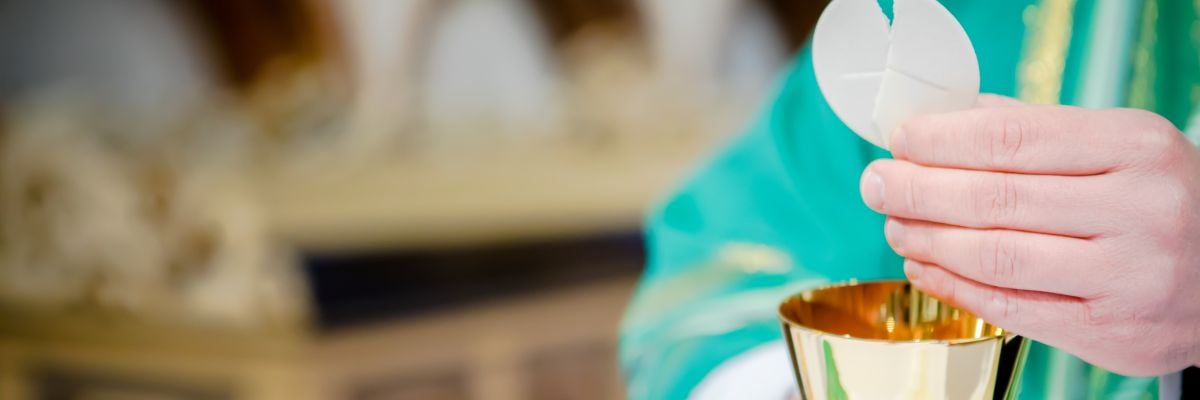
Question:
Answer:
It is only partly correct. Laicization is a process which takes from a priest or other cleric the licit use of his powers, rights, and authority. Laicization occurs automatically when a priest, deacon, or monk marries or joins the military without permission. Major clerics (priests and deacons) are directly laicized through their superiors by the penalty of degradation. The Holy See also has the privilege of laicizing major clerics.
Laicized clerics are forbidden to wear clerical dress or to perform ceremonies or to administer the sacraments ordinary to their former offices. Priests who are laicized are required to continue practicing celibacy, although dispensations from this discipline are frequently given. Otherwise, laicization renders a cleric for ecclesiastical purposes the equivalent of a layman.
The supernatural mark of holy orders and the powers connected with the sacrament (especially for the priest) remain even after laicization, although they cannot be used licitly. A laicized priest has the power to confect the Eucharist. Although to the world he may live as a layman, in a sense “once a priest, always a priest.”
For more on the matter of reducing priests to the lay state, see this 1972 Declaration from the Congregation for the Doctrine of the Faith.


